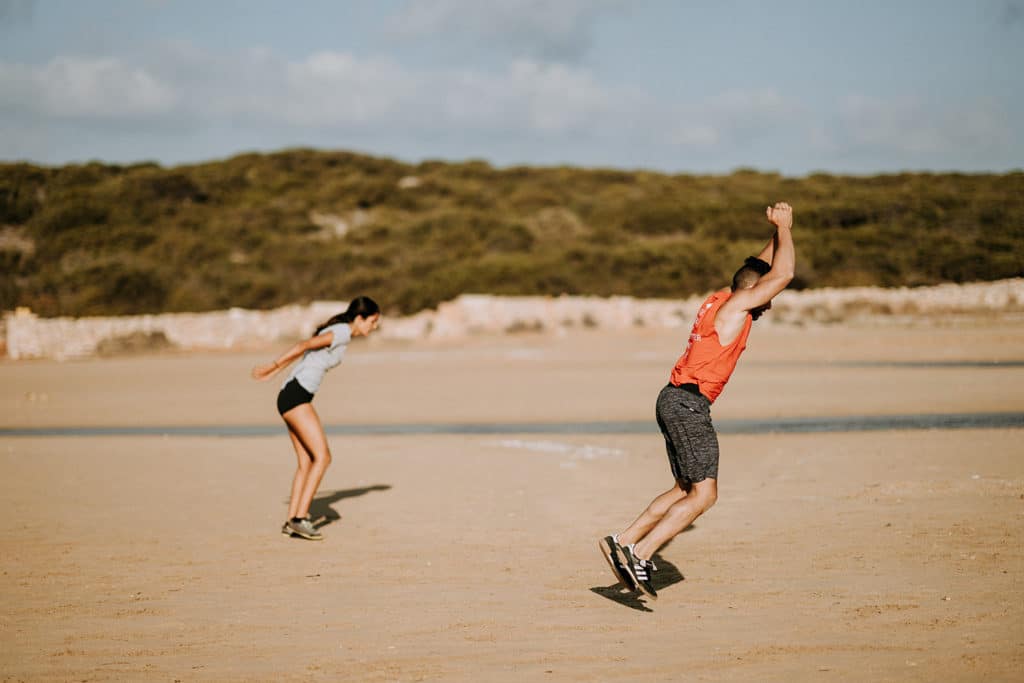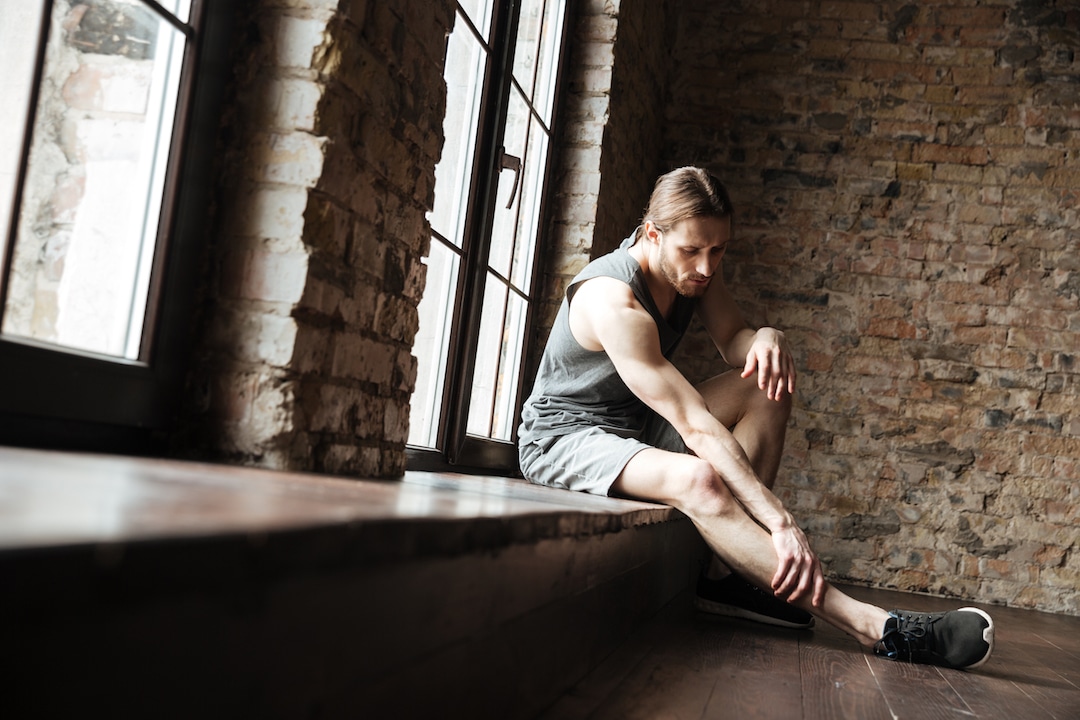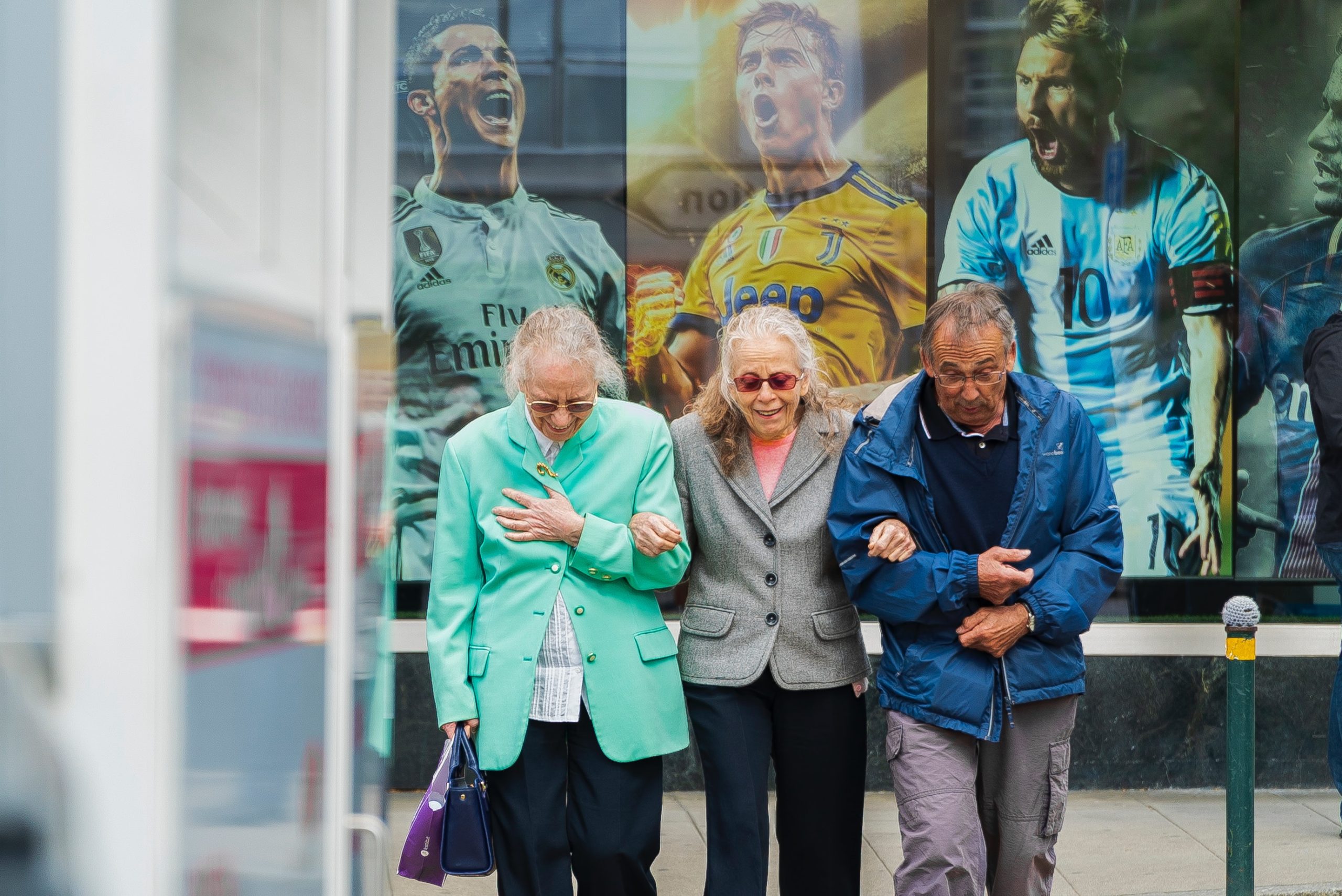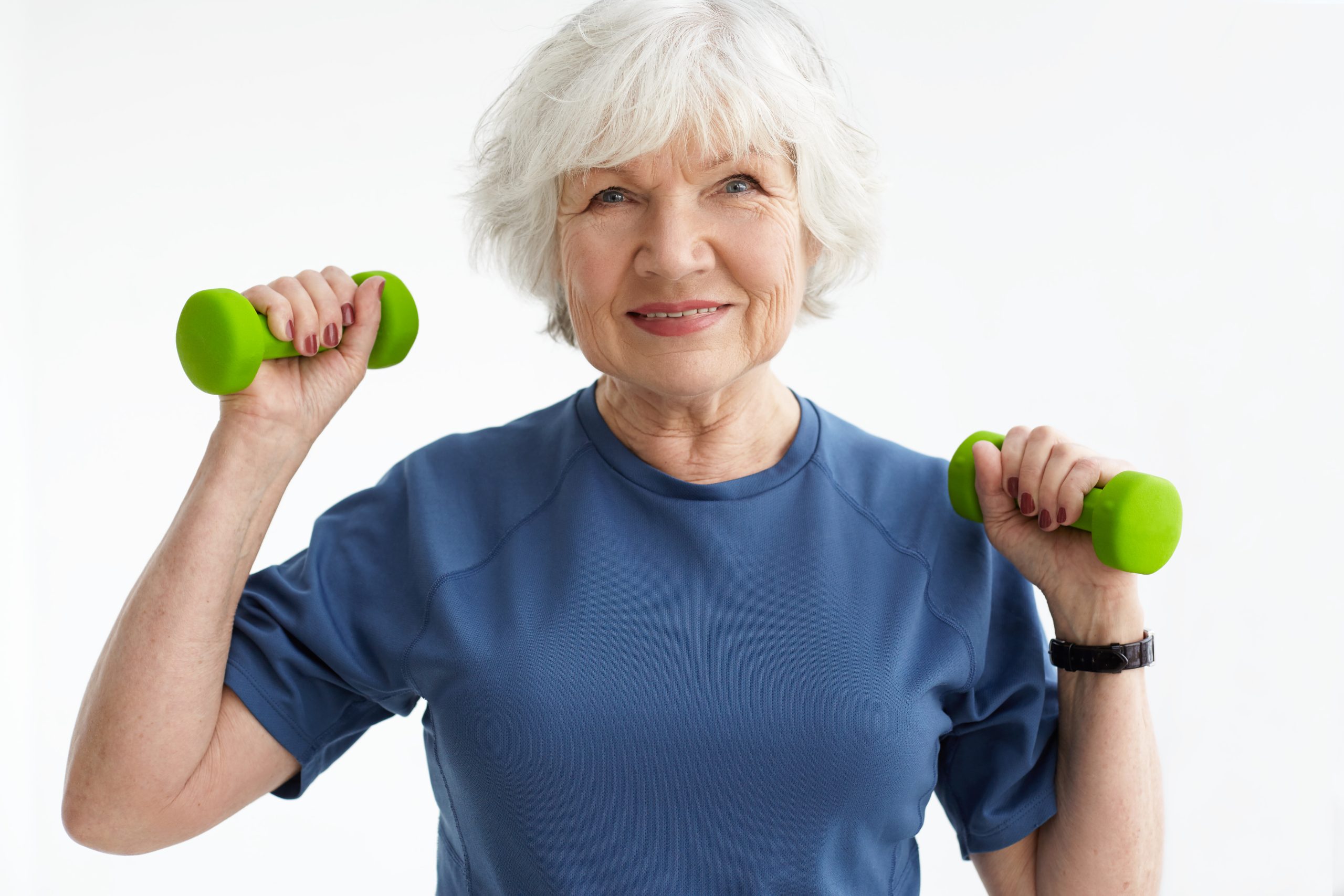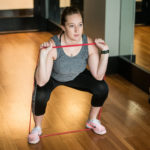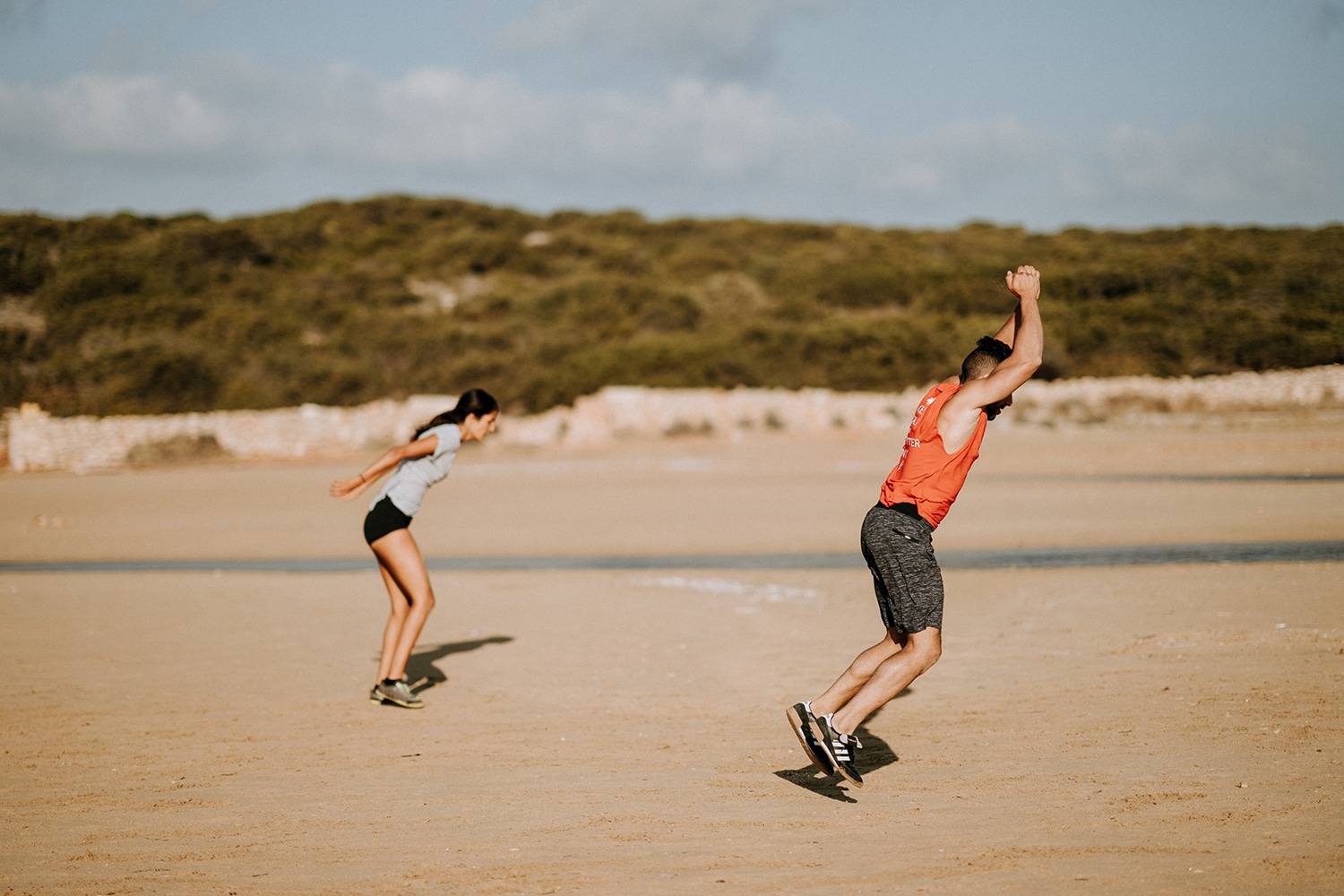
ACL Management – Surgical vs Conservative
Anterior Cruciate Ligament (ACL) tears are unfortunately a very serious injury we see at the clinic. They that can occur in both contact and non-contact sports, as well as everyday life. The ACL is a small ligament that attaches from the anterior portion of the tibial plateau and attaches to the posterior side of the distal femur. The rehabilitation following an ACL tear can be a long and exhausting process. The management of ACL tears can often be a heated discussion amongst health professionals. A conservative approach is now gaining momentum. To understand the best practice for an ACL tear, we have to understand the implications of an ACL tear.
ACL plays a major role at the knee providing important stability for tibiofemoral joint. Specifically, its functions include preventing anterior tibial translation, valgus forces and internal/external rotation of the knee. The knee will feel very unstable and weak when following damage to this structure. . Patients will very often report their knee giving way during walking to times of loading.
The large majority of ACL tears occur with non-contact injuries such as landing or change of direction. Popping or snapping sensation is felt upon injury followed immediately by swelling of the knee joint itself.
So, if you tear an ACL, do you have to undergo surgery?
ACL Management and Surgery
Previous research presented in the Delaware-Oslo Cohort study suggests 52-56% of non-surgical patients have a successful two-year outcome post ACL tear. The study also looked into which variables can influence these rates of successful outcomes for conservative measures. measures that influence surgical vs conservative treatment consist of; Gender, age, single-leg hopping ability. It’s also important to understand that each patient is different, and their rehabilitation path should reflect that. However, we can certainly be more confident that those patients choosing active rehabilitation can have successful outcomes with a non-surgical ACL repair.
There is mounting evidence that shows a conservative ACL management approach to an ACL tear can be effective. Asking the patient what their sporting goals are will determine what approach to take. Patients who’ve gone down the conservative path have noticed a slightly increased lack of stability through their knee. This can lead to re-injury in sports that involve lots of twisting and pivoting. In this case it is important the patient consults their physiotherapist to ensure the outcome is best for the patient. This is why it’s important to consult with your physiotherapist and work together when creating a rehabilitation program.
Returning from an ACL Injury
When considering returning from an ACL injury it’s important to assess a number of factors and criteria. This is where a physiotherapist can help guide, monitor, and facilitate this return to sport protocol. Typically, the return to sport can be categorised into 3 main phases.
First Phase: Returning strength and neuromuscular control of the knee
- This includes the strength of the quadriceps muscle group and also the size of the quadriceps. This is a reflection of the muscle’s physiological cross-sectional area (PSCA) which is directly proportional to maximum isometric strength. The size of the muscle is measured relative to the unaffected side. The neuromuscular control can also be measured with exercises including single-leg squats and even single-leg hop tests!
- Patients will also be taught how to co-contract their quadriceps and hamstrings together. This will facilitate controlled and stable movement of the knee during exercise.
- It is also important for the physiotherapist to assess the adjacent joints to the knee to determine whether weakness or instability of those joints may have contributed to the ACL injury. Strengthening these areas is important.
Second phase: Includes running, agility and landing mechanics
This is an important phase where specific measurements such as distance and control are recorded for exercises that include single and double leg hop tests, lateral hop tests and the ability to absorb forces. This is more so looking at landing from a height- Such as a landing off a box. In this phase, patients begin to incorporate more functional movements into their rehab and will also improve their biomechanics of movement. As well as this, we also look to regain some cardiovascular fitness and begin to prepare the individuals to return to sport
Third Phase: Primarily focused on the return to sport criteria
In the third phase, the goals of the athlete will largely dictate what exercises and measures to use. This stage involves sports specific exercises. Athletes returning to change of direction-based sports will begin to integrate more agility-based change of direction work. These types of exercises incorporate multiple body systems to work together to facilitate movement, for example, muscular strength and neuromotor control to pivot to a cone and proprioception to know where the body is in space. Exercises like this are as close as we can get to what the athlete may encounter on the sports field.
If you would like to learn more about ACL management and rehabilitation, or have recently sustained an injury to your ACL, make a booking online with us at Pivotal Motion Physiotherapy. With a wealth of knowledge and a friendly smile, our physiotherapy Brisbane team will happily get you back on track!

